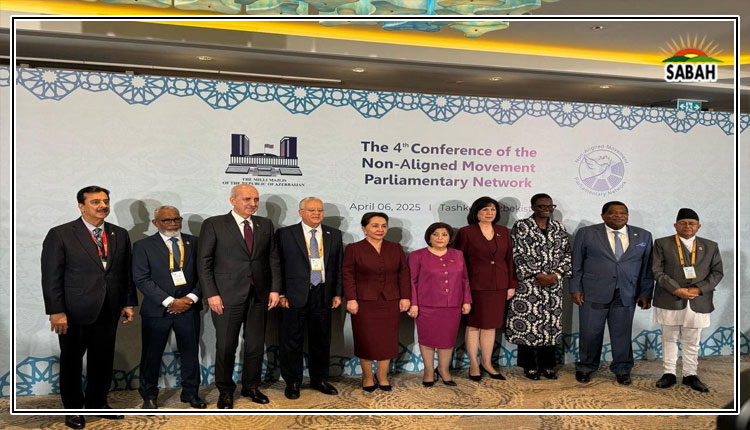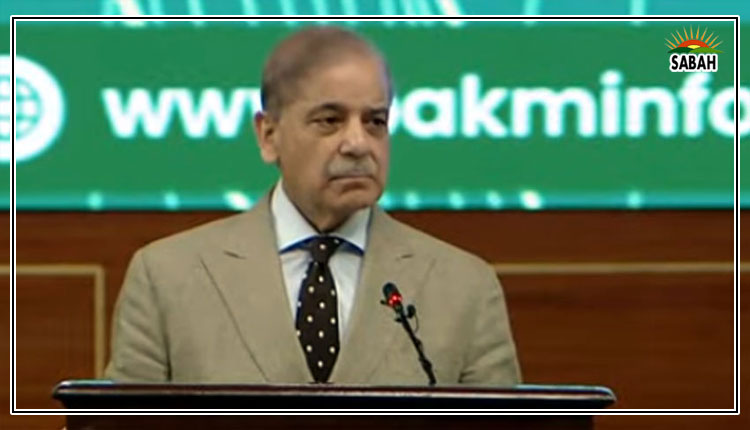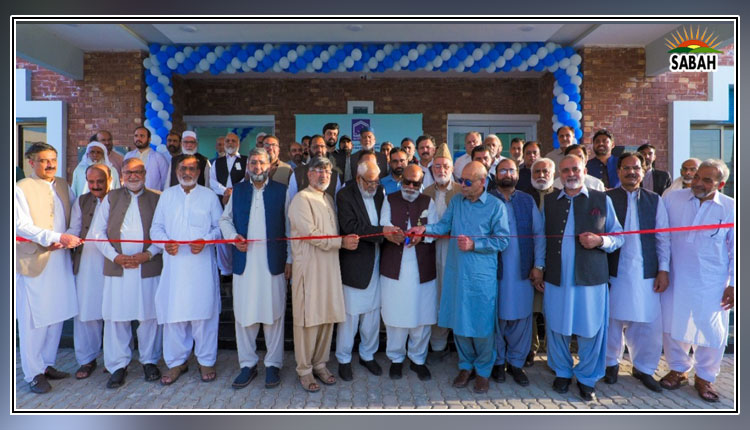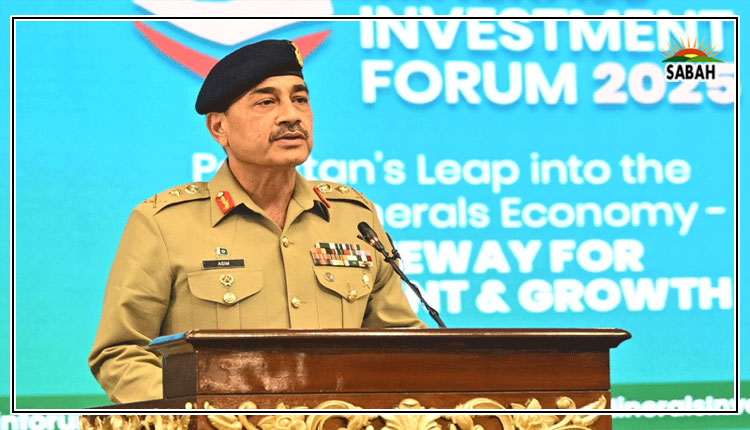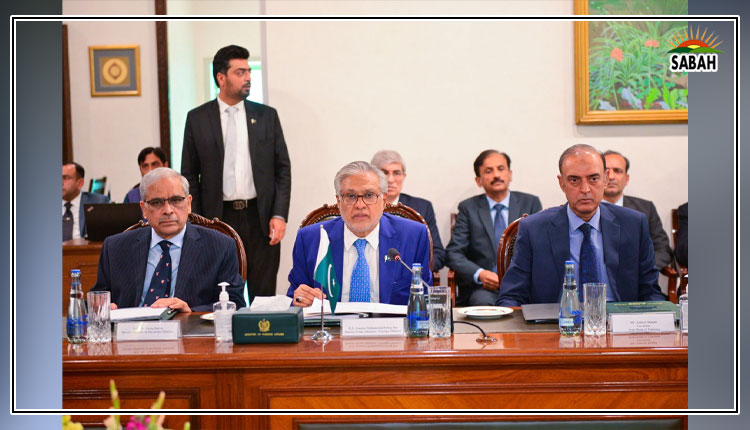Subcontinent’s peace dividend…By Iqbal Latif
Imagine standing at the Khyber Pass today, a gateway that, for 5,000 years, funneled history’s most fearsome warriors toward the wealth of the Indo-Gangetic plains. From Alexander’s Greeks to Genghis Khan’s Mongols, waves of invaders poured through, leaving devastation in their wake. For centuries, the annual plunder of Delhi was as predictable as the changing seasons – until Maharaja Ranjit Singh briefly controlled these passes in the 19th century. Today, a 77-year-old nation shoulders the responsibility that empires once failed to manage, standing as a bulwark against chaos.
Pakistan’s strategic importance isn’t just geographic; it’s genetic. The people of its borderlands are descendants of history’s greatest warriors, bearing in their DNA the martial prowess of conquerors like Alexander, Mahmud Ghaznavi, and Ahmad Shah Abdali. These genetic legacies, shaped over millennia, now converge under a single modern nation-state tasked with an unprecedented challenge: channeling this warrior heritage into peace and stability. Pakistan’s greatest achievement lies not merely in territorial control but in its transformation of warrior societies into modern citizens. Twenty distinct ethnic groups, each with a proud martial tradition, coexist within a federal framework. Unlike federations such as the USSR or Yugoslavia, which fractured along ethnic lines, Pakistan sustains unity in a region historically resistant to centralised authority. This cohesion is a feat unprecedented in history, achieved against monumental odds.
Pakistan’s $10 billion military budget is often criticised, yet it represents extraordinary value when contextualised: Just $45 per citizen. Less than New York City’s policing budget. A cost that secures what empires could not: peace in one of history’s most volatile regions. But the true cost goes beyond dollars. Pakistani soldiers pay with their lives; border communities endure perpetual vigilance; the nation carries the psychological toll of its role as a frontline state. This budget sustains more than defence – it transforms millennia of violent history into a stable present. Without Pakistan, history’s patterns would reassert themselves. The lawlessness contained at the Durand Line would creep toward the Wagah-Attari border, and the Indo-Gangetic plains would once again face incursions from the north. For 5,000 years, this was the norm. Pakistan interrupts this cycle, transforming ancient invasion routes into trade corridors and shielding the subcontinent from historical chaos.
Pakistan is more than a nation; it is a living bulwark. Its 220 million people stand as custodians of peace in what was once history’s busiest invasion route. Each generation inherits the responsibility of converting martial legacies into national defence and stability, a task no empire accomplished before. Today, Pakistan’s historical burden is compounded by modern threats such as a volatile Afghanistan, terrorism, securing nuclear assets, maintaining internal stability, safeguarding trade routes, and curbing drug trafficking. The peace of today’s Indo-Gangetic plains isn’t accidental; it is Pakistan’s gift to the subcontinent. For the first time in 5,000 years, Delhi’s wealth is secure from northern raiders. This unprecedented peace is purchased with Pakistani blood and treasure, benefiting neighbouring nations at Pakistan’s sole expense. Consider this: Every empire that ruled Delhi – from the Mughals to the British – grappled with invasions from the north. The British Raj drew the Durand Line as a buffer, recognising the vulnerability of the plains. Pakistan not only guards this line but transforms the very warrior cultures that once fueled invasions into defenders of peace.
The debate isn’t about military spending versus peace but about choosing between stability and chaos. Pakistan’s military budget is not excessive; it is the bare minimum required to manage a volatile region and maintain peace. Remove Pakistan from the equation, and history offers a clear forecast: the return of invasion and plunder to the Indo-Gangetic plains. Pakistan’s military spending isn’t just an investment in its own security; it is a contribution to subcontinental stability. The nation bears a burden that should logically be shared. Its success in channeling ancient martial traditions into forces for modern peace marks the first effective barrier against 5,000 years of historical vulnerability.
Pakistan occupies one of the most strategically critical regions in world history: the crossroads of the world’s deadliest invasion routes. For over 5,000 years, waves of invaders – Greeks, Mongols, Mughals, and more – have crisscrossed this land. None of the great dynasties, from the Guptas to Ashoka, succeeded in controlling the Khyber Pass until Maharaja Ranjit Singh in the 19th century. Today, this passage remains a vital link between South Asia and Central Asia, making Pakistan the gateway to the Sino-India Silk Road. Pakistan is not just a country – it is a federation of over 20 distinct ethnic groups, each with deep martial traditions. In a mere 77 years, this young nation has accomplished the Herculean task of uniting diverse warrior societies under a single flag. What empires could not achieve in centuries, Pakistan has done, turning fierce tribes into citizens of a modern state. This unity alone is a historic miracle, one that demands constant vigilance and investment.
The $10 billion military budget is often criticised, but its purpose is monumental: defending the northern flank of the Indo-Gangetic plains against chaos spilling south; containing radical forces like the TTP; and securing a historic invasion route that no power in history has fully controlled. To compare, this budget is smaller than the annual policing expenditures of some Western cities. Yet, it safeguards the Subcontinent from repeating history’s devastating cycles of invasion and plunder. Pakistan not only guards its borders but also faces modern-day complexities such as managing the fallout from a radicalised Afghanistan, resisting the influence of the Taliban’s regressive ideology, and securing trade routes crucial to the global economy. For a young nation, maintaining cohesion and stability amidst these pressures is an achievement that cannot be understated. The cost of preserving peace in one of the world’s most volatile regions is not measured solely in dollars. It is paid in blood by Pakistani soldiers, in the vigilance of its border communities, and in the resilience of a nation tasked with holding together a federation forged from ancient warrior genes.
Spending $8-10 billion annually to secure a region with such strategic and historical significance is a modest price, especially when juxtaposed with the colossal stakes of failure. Without Pakistan’s vigilance, the Indo-Gangetic plains would once again be at the mercy of northern incursions. Pakistan’s military budget doesn’t just ensure its own security – it underwrites peace for the entire subcontinent. The world benefits from a stable South Asia, yet Pakistan alone shoulders the burden. This is not wasteful spending; it’s an investment in regional stability that transcends national borders.
Courtesy


